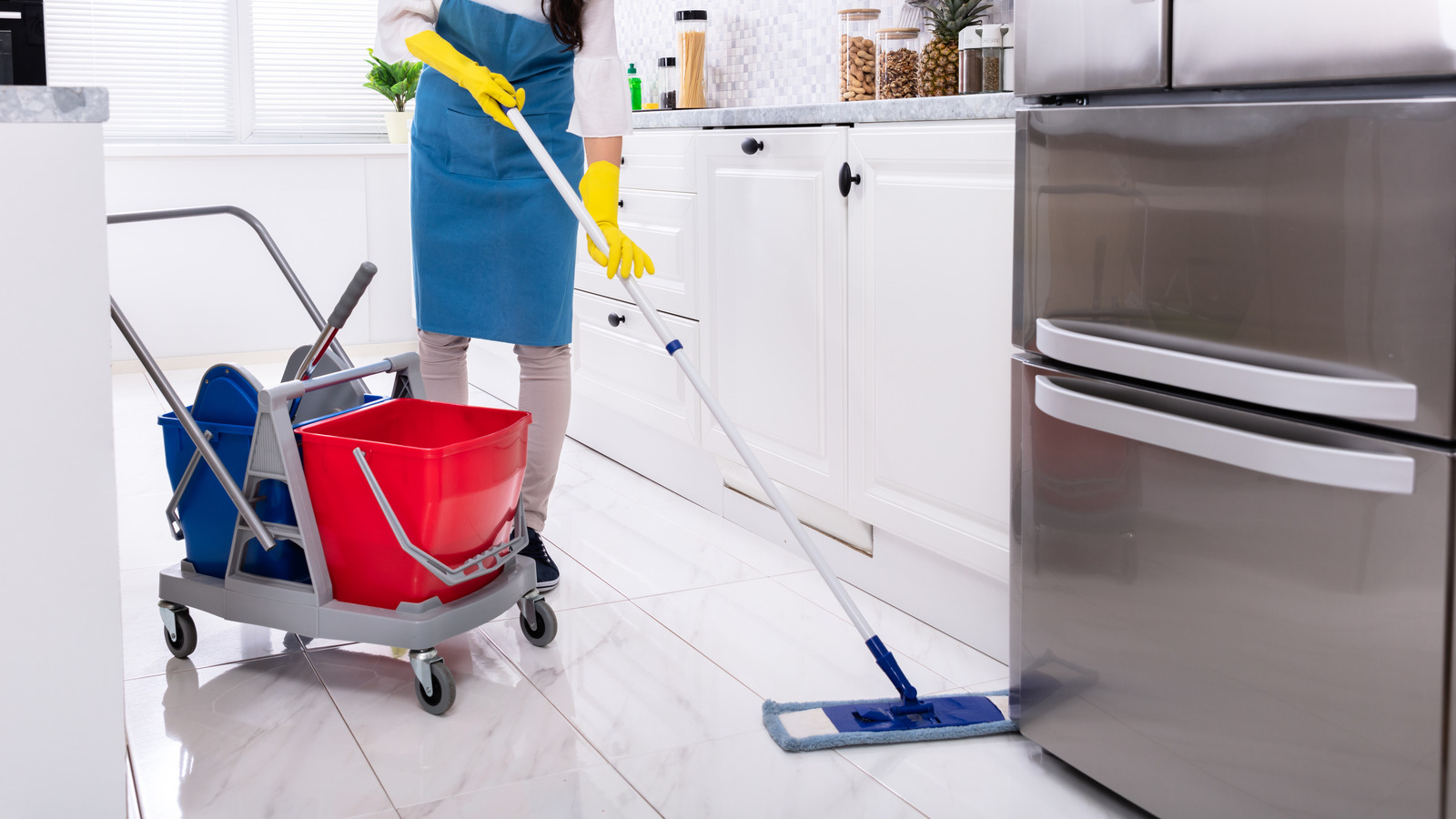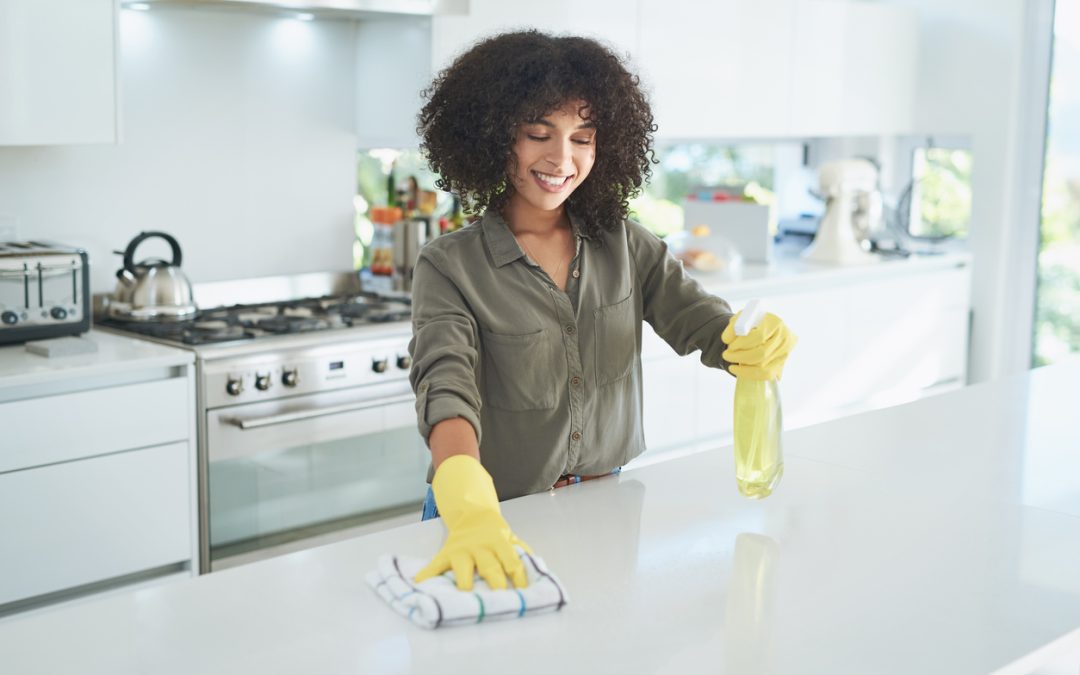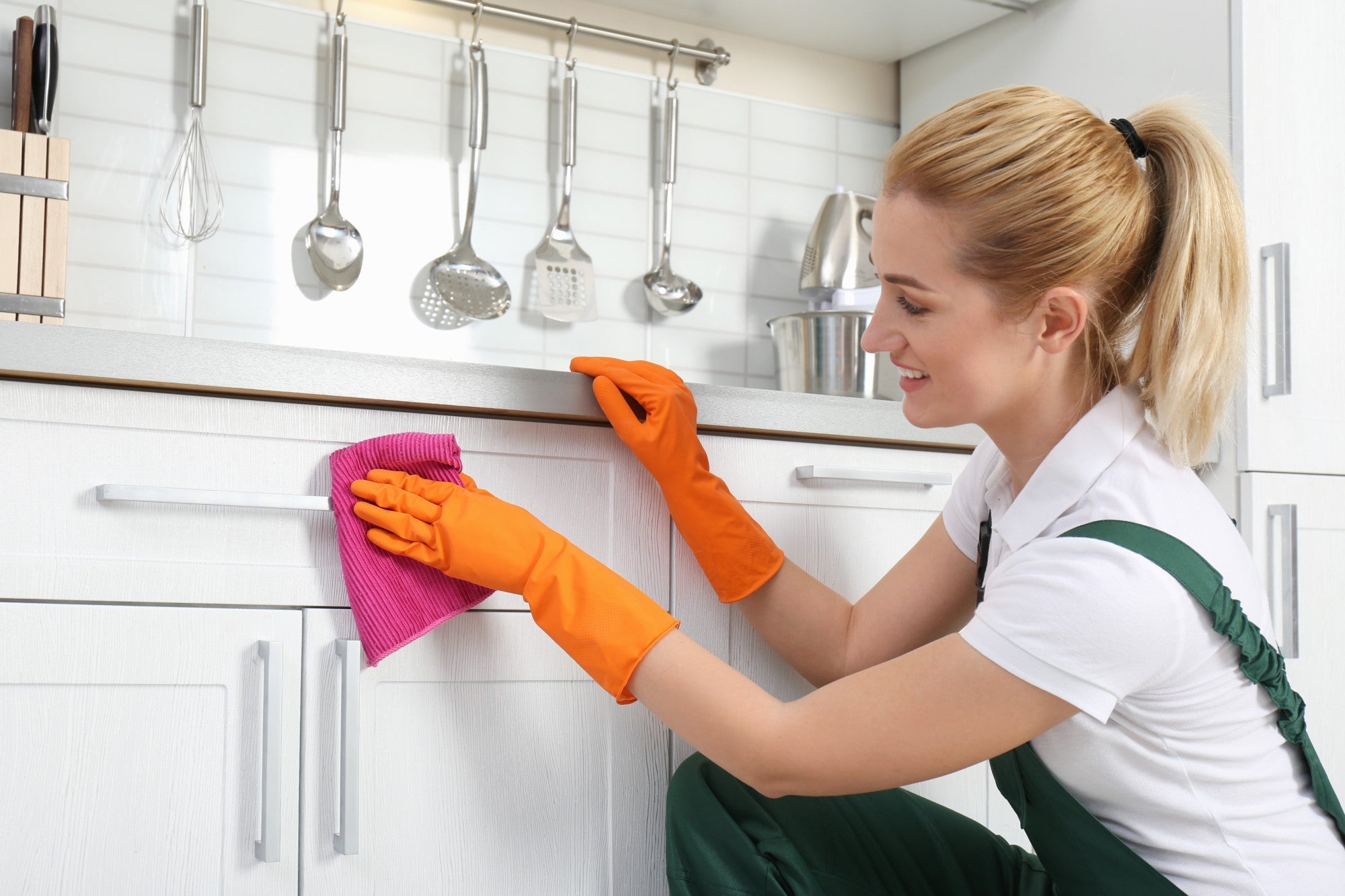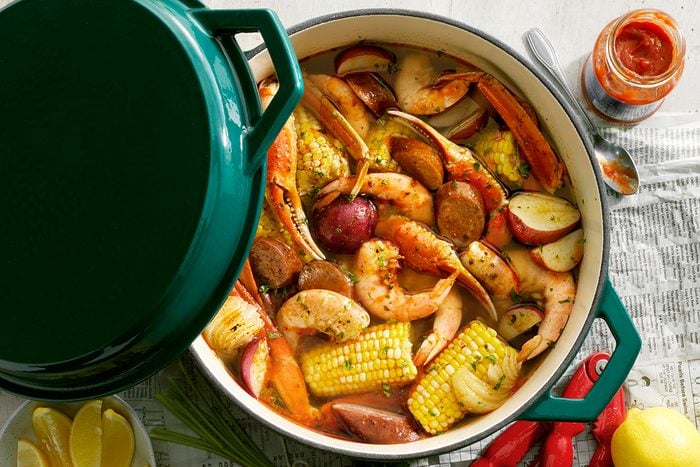If youre a professional chef or someone who often cooks at home, you might be well aware of how versatile and robust cast iron cookware can be. However, it comes with its challenges, especially when using it on delicate surfaces like glass stoves. In this article, we'll dive deep into how to keep cast iron from scratching glass stove and provide you with tips and tricks to maintain both your cookware and your cooking surface in pristine condition.
Using cast iron on a glass stove can be tricky due to the possibility of scratches and marks on the glass. By following certain precautions, you can enjoy your cooking experience without worrying about damaging your stove. Lets walk through the best practices to ensure that both your cast iron and glass stove remain unscathed.

Understanding the Risk of Scratches
When it comes to the relationship between cast iron and glass stoves, its crucial to recognize the inherent risks involved. The rough surface of cast iron can be unforgiving when it encounters the smooth glass of your stovetop.
Sometimes, small particles of food or debris can get trapped between the two surfaces, leading to potential scratching. This section will explore the factors that contribute to these scratches and how to mitigate them effectively.
Choosing the Right Cookware
If you are committed to using cast iron on a glass stove, the first step is to choose the right pieces of cookware. Here are some crucial factors to consider:
- Flat Bottoms: Select cast iron pots and pans with completely flat bottoms. This ensures that there is even contact with the glass, reducing the risk of scratching.
- Weight Consideration: Heavier cookware will exert more pressure on the glass stove, increasing the chance of scratches. Opt for lighter alternatives if possible.
- Maintenance of Cookware: Ensure that your cast iron is regularly seasoned and maintained to avoid any rough spots that could cause scratches.
Preparation Prior to Cooking
Before you begin cooking with your cast iron on a glass stove, proper preparation can make all the difference. Heres what you should do:
- Cleaning the Stove Top: Always start with a clean surface. Wipe down your glass stove before use to eliminate any debris or food particles that could cause scratches.
- Inspect Your Cookware: Before placing your cast iron on the stove, inspect it for any nicks or rough edges that could cause damage to the stove. If you notice any, take measures to smooth them out.
- Use Heat Diffusers: Consider using a heat diffuser between your cast iron and the glass stove. This not only helps distribute heat evenly but also provides a protective barrier.
Using Proper Cooking Techniques
While cooking, how you handle your cast iron can significantly impact your glass stove. Here are some techniques to employ:
- Avoid Sliding Cookware: Lifting instead of sliding your cast iron pots and pans can prevent any potential scratching on the glass stove.
- Control the Weight: Avoid overcrowding your cast iron cookware with too much food, as this can lead to tipping and sliding.
- Manage Temperature Carefully: Gradually heat your cast iron. Avoid extreme temperature changes that could cause the cookware to warp and create uneven surfaces that might scratch.
Cleaning Up After Cooking
Cleaning is another essential process to prevent scratches. Here are important post-cooking tips:
- Immediate Wipe Down: As soon as youre done cooking, wipe down your glass stove with a soft cloth to catch any food particles that may have escaped.
- Properly Clean Cast Iron: Ensure that your cast iron is cleaned appropriately without using harsh abrasives that could lead to a rough surface. You can find more about cleaning cast iron here.
- Use Gentle Cleaners: Use a non-abrasive cleaner during cleaning to prevent scratching the glass stove surface.
Additional Helpful Tips
To further protect your glass stove from scratches caused by cast iron, here are some additional strategies:
- Use Cookware Mats: Place a silicone mat or protective pad on your glass stove when using cast iron to serve as a buffer.
- Consider Alternative Cookware: When possible, opt for cookware materials that are less abrasive on glass stovetops, such as enameled cast iron or non-stick alternatives.
- Regular Inspections: Regularly check both your cast iron pots and pans and your glass stove for any signs of wear or damage.
Conclusion
Knowing how to keep cast iron from scratching glass stove is essential for anyone who prepares meals with these durable and versatile cookware options.
By choosing the right cookware, preparing properly before cooking, employing good cooking techniques, and maintaining cleanliness afterward, you can enjoy the satisfaction and flavor of your plated meals without worrying about damaging your glass stove.

Frequently Asked Questions
1. Can scratches on my glass stove be repaired?
Yes, minor scratches can sometimes be polished out using specialized products designed for glass surfaces.
2. Why does my cast iron scratch the glass stove more?
It could be due to rough spots on the bottom of the pot or the presence of debris caught between the two surfaces.
3. What are alternatives to cast iron that are safer for glass stoves?
Consider using enameled cast iron, stainless steel, or high-quality non-stick cookware that will not scratch.
If you would like to dive deeper into some related topics on stove care and cast iron cooking, feel free to check out articles on stove protection or read about removing melted plastic.
This article contains affiliate links. We may earn a commission at no extra cost to you.






Leave a comment
This site is protected by hCaptcha and the hCaptcha Privacy Policy and Terms of Service apply.